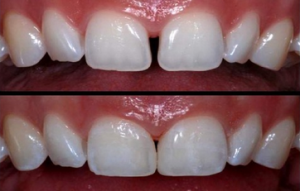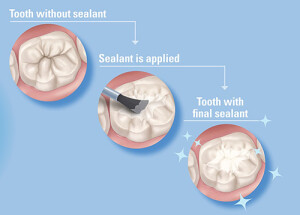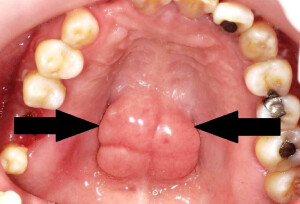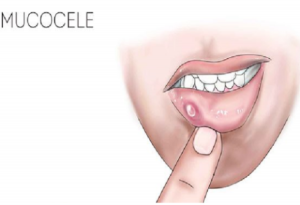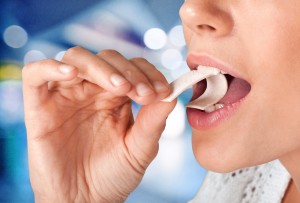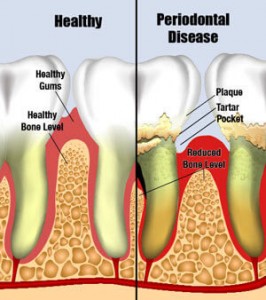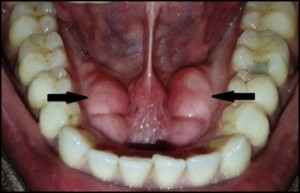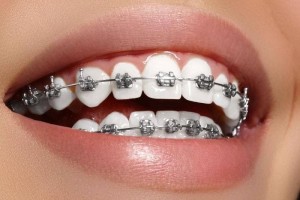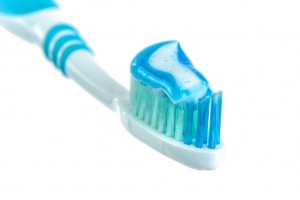Whether you’re keen on it or hate it, that space between your teeth features a name. A diastema may be a gap between two teeth. Many celebrities are famous for his or her midline diastema, or space between their two upper front teeth.Diastemas are extremely common, especially among children. A diastema may be a natural a part of a child’s development and should correct on its own. In fact, up to 97 percent of youngsters have diastemas, which number significantly decreases as children grow and these spaces pack up naturally. If a diastema remains after the eruption of adult teeth, it’ll become permanent and may only be corrected with professional dental treatment.
Diastema Causes
There are several reasons that permanent diastemas form. A diastema is usually the results of a discrepancy between the dimensions of the jaws and therefore the size of the teeth. Crooked teeth usually come from overcrowding, where the teeth are too big for the jaw. the other is true for a diastema — teeth that are too small for the jaw may have gaps between them. Diastemas can also be caused by missing teeth, undersized teeth or bad oral habits, like excessive thumb-sucking.A midline diastema also can be caused by an outsized labial frenum. Frenum is that the tissue that connects your lips and gum.
Diastema Closure :- Diastemas usually cause no complications to your dental health, but many of us choose diastema closure for cosmetic purposes. There are several sorts of diastema treatment available today.
Dental Braces :-Most diastemas require a full set of dental braces and retainer therapy, as moving one tooth can affect the location of the remainder .
Cosmetic restoration:-Esthetic composite resins generally wont to close midline diastema especially in adult patients. It requires a gradual composite build-up on the mesial side of the tooth and stripping of distal surface of the tooth so as to realize a shape and size of the tooth.

